
Price: $25,965 - $33,180
7.8 /10
Rating
Pros
- Sharp, responsive handling dynamics
- Sporty, aggressive exterior styling
- Smooth, powerful V6 engine
Cons
- Firm ride compromises comfort
- Dated infotainment tech features
- Inflexible cargo space configuration
Overview: 2021 Toyota Camry TRD
Think of it as Toyota’s answer to the question: “What if a practical sedan had a midlife crisis?” The aggressive bodywork—black grille, front splitter, side aero skirts, and that love-it-or-hate-it trunk wing—screams ambitious, even if the powertrain doesn’t quite shout back. While the 3.5L V-6 (borrowed from non-TRD models) delivers smooth acceleration, it’s no match for the raw 382-hp Toyota GR Supra, a reminder that true performance version thrills live elsewhere. Still, the sporty chassis and 19-inch matte-finish black wheels make winding roads more engaging than you’d expect from a family sedan, even if the rear diffuser is more about drama than downforce. Inside, it’s classic Camry: comfy, packed with driver assists, and lacking the stylish edge of its exterior. Rivals like the Honda Accord counter with diverse powertrains (including a frugal hybrid), but Toyota’s rediscovered fun factor and value keep this competitive in the segment. It’s a best-selling sedan with a rebellious streak—just don’t expect it to dethrone the 10Best-winning dynasty next door.
What's New in the 2021 Toyota Camry TRD?
Stepping into the TRD department’s updates, the exterior now wears a rear wing, side skirts, and a front fascia dipped in gloss black—like someone gave the Camry a caffeine boost. The attractive matte black wheels and TRD logo badges shout intent, though cruising downtown, I noticed the sports-minded suspension trades some plushness for the sharpest driving feel in its class. Inside, red highlights on seatbelts and TRD stitching add flair, while the 7-inch screen in the floating touchscreen display feels dated next to rivals’ larger units. Practical upgrades like Toyota Safety Sense 2.5 Plus (hello, blind-spot monitoring and rear cross-traffic alert) keep families safe, but the head restraints sit stiffly for taller passengers. Little touches—pinstriping on the bodywork, controls that decrease glare—show Toyota Racing Development’s eye for detail, even if the cabin’s tech doesn’t wow. It’s like wearing a tailored suit with last year’s phone: polished but not quite cutting-edge.
Pricing, Trim Levels, and Best Choice
Shopping for the 2021 Toyota Camry TRD? It slots between the base sedan and the luxurious XSE, starting just under 33 grand ($32,260)—roughly $7k pricier than the cheapest Camry ($25,965). The TRD trim comes standard with a V6 engine and adds performance-enhancing touches like a retuned suspension, a cat-back exhaust, and larger front brake rotors. While the aerodynamic body kit, black-painted roof, and black 18-inch rims look sharp, I’d spring for the Supersonic Red or White Chill Pearl paint scheme to stand out—though the standard rear spoiler and dual exhaust tips already turn heads. Compared to the XSE, you lose heated seats and wireless charging but gain that tuned-up driving edge. For buyers craving the spiciest Camry without breaking $35k, the TRD makes sense—especially if you value engaging handling over plush features. Just know it’s 0.6 inches (1.52 cm) lower than standard models, so curb carefully—those front brake rotors aren’t cheap to replace.
Powertrain, Transmission, and Driving Dynamics
Accelerating in the 3.5-liter V6 feels velvety, delivering 301 horsepower and 267 pound (0.12 t)-feet of torque with a confident growl, though the eight-speed automatic occasionally hesitates during quick changes. While the TRD’s stiffer springs, shock absorbers, and antiroll bars sharpen cornering, the trade-off is a ride that’s firmer than the XLE’s—noticeable over broken pavement at lower speeds. Toyota added rear seat bracing and underbody stiffening for torsional rigidity, which helps during aggressive maneuvering, but the steering lacks the weighted precision of class-leading rivals. The two-piston front calipers and 12.9-inch rotors (shared with the XSE) are substantial stoppers, though the brake pedal feels slightly hypersensitive in stop-and-go traffic. Paddle shifters offer manual control, but most drivers will stick to the transmission’s seamless shifts. Compared to the hybrid’s battery pack and electric motors, this variant prioritizes power over efficiency—a fair choice, given its 0-60 MPH sprint in 5.8 seconds. Still, the midsize sedan remains usable every day, with improvements like a half-inch lower ride height balancing driving fun and practicality. Just don’t expect the silky refinement of a luxury sedan; some coarseness seeps in when pushing hard.
Fuel Efficiency and Driving Range
Balancing sporty looks with practicality, the four-cylinder engine earns EPA estimates of 22 mpg city and 33 mpg highway—middling for a nonhybrid in this lineup. During my highway testing, I averaged 29 mpg city and 39 mpg highway, slightly beating the EPA rating but falling short of the hybrid’s stellar 51 mpg city and 53 mpg highway (seen in the LE hybrid and XLE hybrid). While the TRD isn’t as economical as its hybrid siblings, it’s efficient enough for weekend trips, though frequent stops at the pump add up. The V-6 might offer more punch, but stick with the base four-cylinder if real-world savings matter. For context, the luxury-leaning upper trims with similar powered setups net nearly identical ratings, so you’re not sacrificing much for the TRD’s flair. Just don’t expect tests to mirror the 1 mpg-better 39 mpg highway claims—this car thrives on curves, not fuel sipping.
Premium Interior and Comfort
Open the door, and you’re greeted by a cabin dressed up with TRD exclusives like red-accented TRD gauges, a leather-wrapped steering wheel, and aluminum pedals—details that nod to its sporty mission. The SofTex-trimmed seats offer decent lateral support and red contrast stitching, though their material quality falls short of rivals like the plush XLE trim. I appreciated the spacious rear rows and clever cubbies for small-item stash, but rough plastics on the dashboard and doors remind you this is still a midsize sedan with entry-level roots. While the TRD shift knob and floor mats add flair, some touches—like the pronounced TRD logos—border on tacky compared to subtler versions in the Camry lineup. Storage-wise, the trunk’s carrying capacity impresses, and front seats strike a balance between comfortable and sporty, even if the design feels uninspired next to class leaders. Expect a “sporty affair” with fancy trimmings that prioritize attitude over opulence.
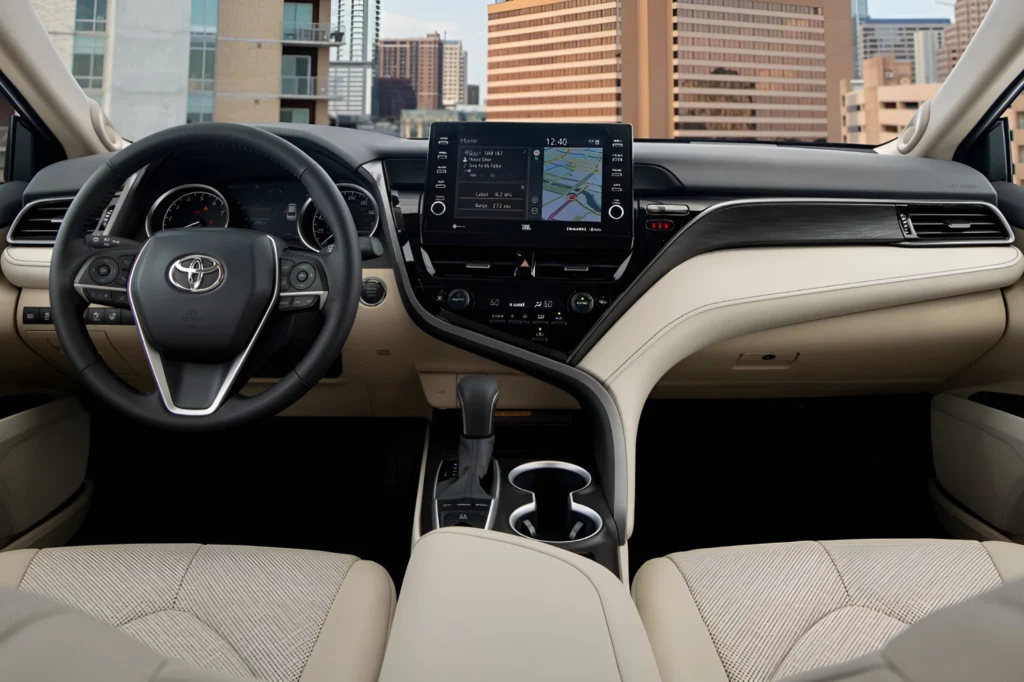
Cargo Space and Practicality
Packing for a road trip? The TRD’s trunk offers 15.1 cubic feet of cargo space—similar to rivals like the Honda Accord—but the V-brace (part of the stiffening upgrades) blocks the rear seat from folding down, limiting flexibility for longer items. During my test, fitting a stroller and weekend bags worked fine, though carrying bulky gear felt tighter than in the roomy Toyota Crown. Inside, the cabin provides plenty of interior storage with deep door pockets and a sizable center console, but the second-row seat backs sit close to the front, making rear legroom just adequate for adults. For a large sedan, the overall practicality holds up against competitive options, especially if you prioritize body rigidity over max utility. Small touches like well-placed cupholders and a thoroughly usable storage category help, though the installed performance tweaks remind you this isn’t the best choice for hauling plywood.
Infotainment, Connectivity, and Smart Tech
Settle into the driver’s seat, and the 8-inch center display screen feels familiar—a standard piece in the Camry lineup, running Toyota’s Entune 3.0 software. While the touchscreen responds promptly to inputs, navigating menus can trigger slight delays, like waiting for a traffic light to turn green. The nine-speaker JBL audio system (an enhanced version over base trims) delivers crisp sound, though audiophiles might crave more depth without the additional $1,585 premium package. I appreciated the straightforward layout with physical buttons and knobs for stereo adjustments and climate controls, a relief compared to rivals burying functions in touch menus. Apple CarPlay and Android Auto come standard, pairing seamlessly via Bluetooth, but the absence of wireless connectivity feels dated. The Wi-Fi hotspot and satellite radio add convenience, while hardware like the intuitive steering wheel shortcuts keeps eyes on the road. It’s a practical, no-fuss setup—functional for daily commutes but lacking the polish of luxury competitors.
Safety and Driving Support
Navigating city traffic, the Toyota Safety Sense 2.5+ suite proves reliable, with automatic emergency braking reacting swiftly to pedestrians and bicyclists in low-light situations. The adaptive cruise control maintains smooth highway pacing, though its lane-keeping assist can feel overly intrusive on winding roads—like a backseat driver nudging the wheel. While the Insurance Institute for Highway Safety (IIHS)grants it a Top Safety Pick+ rating, some driver-assistance technology (like road sign assist) feels more like a tech demo than a daily aid. You can disable certain nannies, but most will appreciate the peace of mind from five-star safety ratings by the (NHTSA) National Highway Traffic Safety Administration.
Key features:
✅ Standard Toyota Safety Sense 2.5+ covers critical scenarios.
✅ Intrusive lane-keeping may frustrate seasoned drivers.
✅ Top Safety Pick+ rating assures crashworthiness.
Toyota's Warranty and Maintenance Plan
Considering peace of mind? Toyota includes two years of complimentary scheduled maintenance (up to 25,000 miles (ca. 40,234 km)), a perk absent in rivals like the Kia Optima. The limited warranty spans three years/36,000 miles (ca. 57,936 km), while the powertrain warranty stretches to five years/60,000 miles (ca. 96,561 km)—solid but outpaced by Hyundai Sonata’s ten years/150,000 miles (ca. 241,402 km) coverage. Hybrid components get ten years/150,000 miles of protection, which is reassuring for long-term owners, though routine services like oil changes aren’t covered beyond the initial 25,000 miles. For context, a friend’s Kia Optima needed pricier out-of-pocket upkeep after 36,000 miles, so weigh upfront savings against long-term costs.
Key features:
✅ Two years of scheduled maintenance included
✅ Hybrid components covered up to 150,000 miles
✅ Powertrain warranty outpaced by Hyundai Sonata
2021 Toyota Camry models
Choosing the right trim? The 2021 Toyota Camry spans six trim levels, from the standard four-cylinder LE to the sporty TRD and upscale XLE. The V6 engine shines in the XSE and TRD, but skip it if you prioritize fuel savings—the base four-cylinder still handles daily commutes smoothly. I’d lean toward the SE Nightshade for its blacked-out styling or the TRD for its track-ready tweaks, though note that all-wheel drive is only available on lower trims like the LE and SE. While the XLE and XSE offer more feature highlights (think heated seats, premium audio), the TRD’s midsize sedan practicality with a performance edge stands out. Just don’t expect luxury-grade perks—this lineup focuses on getting you solid value, not pampering.
| Trim Level | Features |
|---|---|
| LE |
|
| SE |
|
| SE Nightshade |
|
| XLE |
|
| XSE |
|
| TRD |
|
Gallery:
Images sourced from Toyota Newsroom.


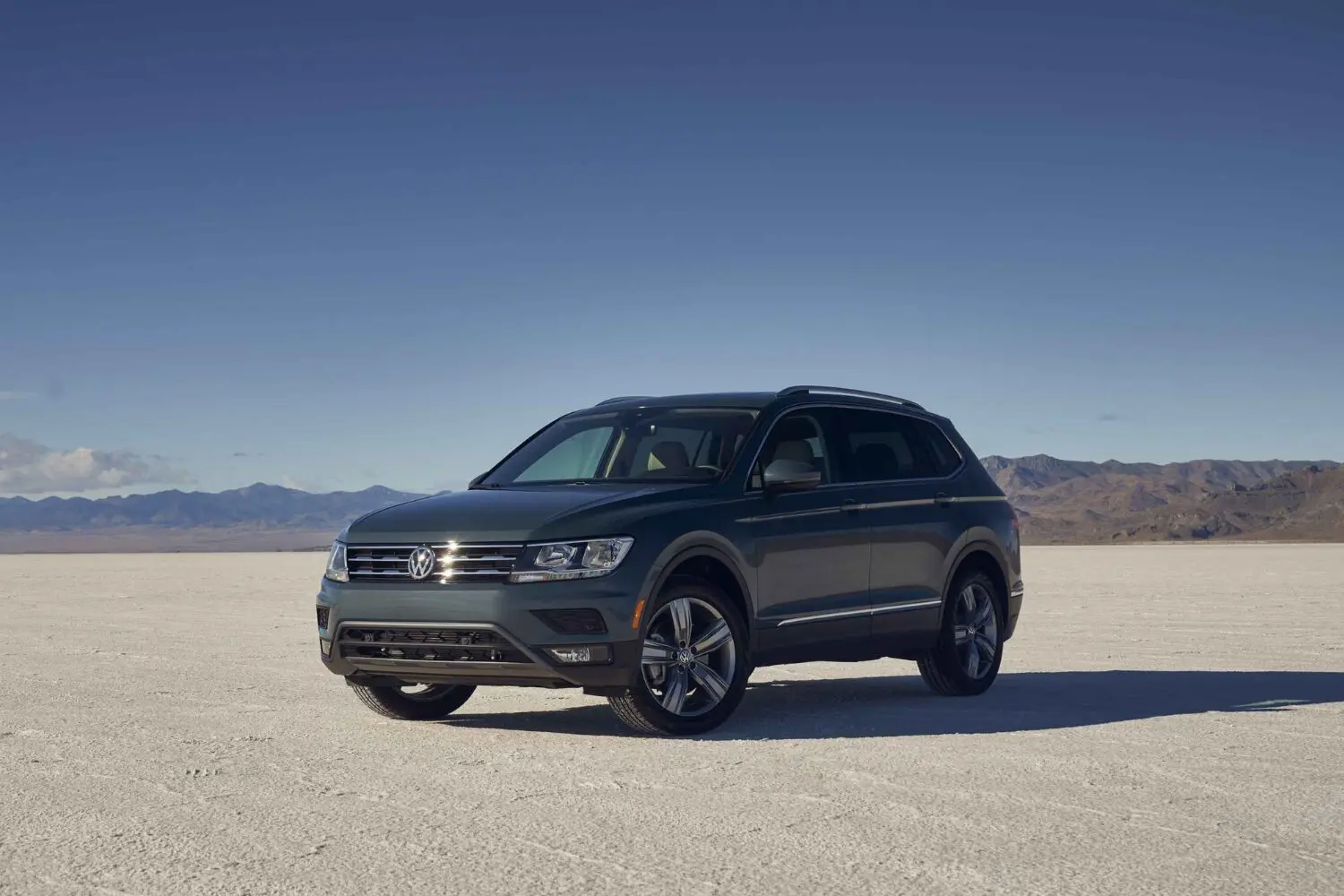
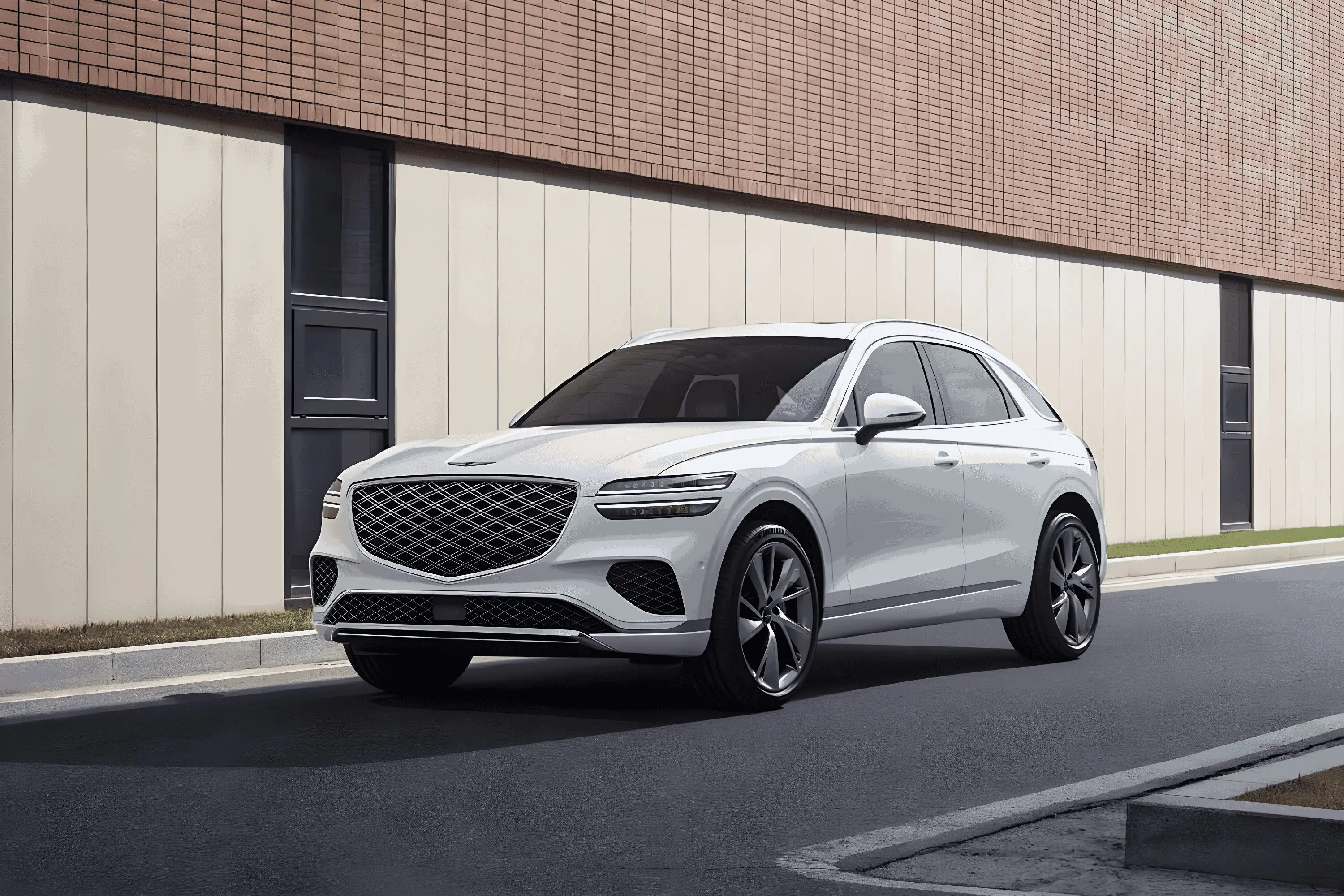
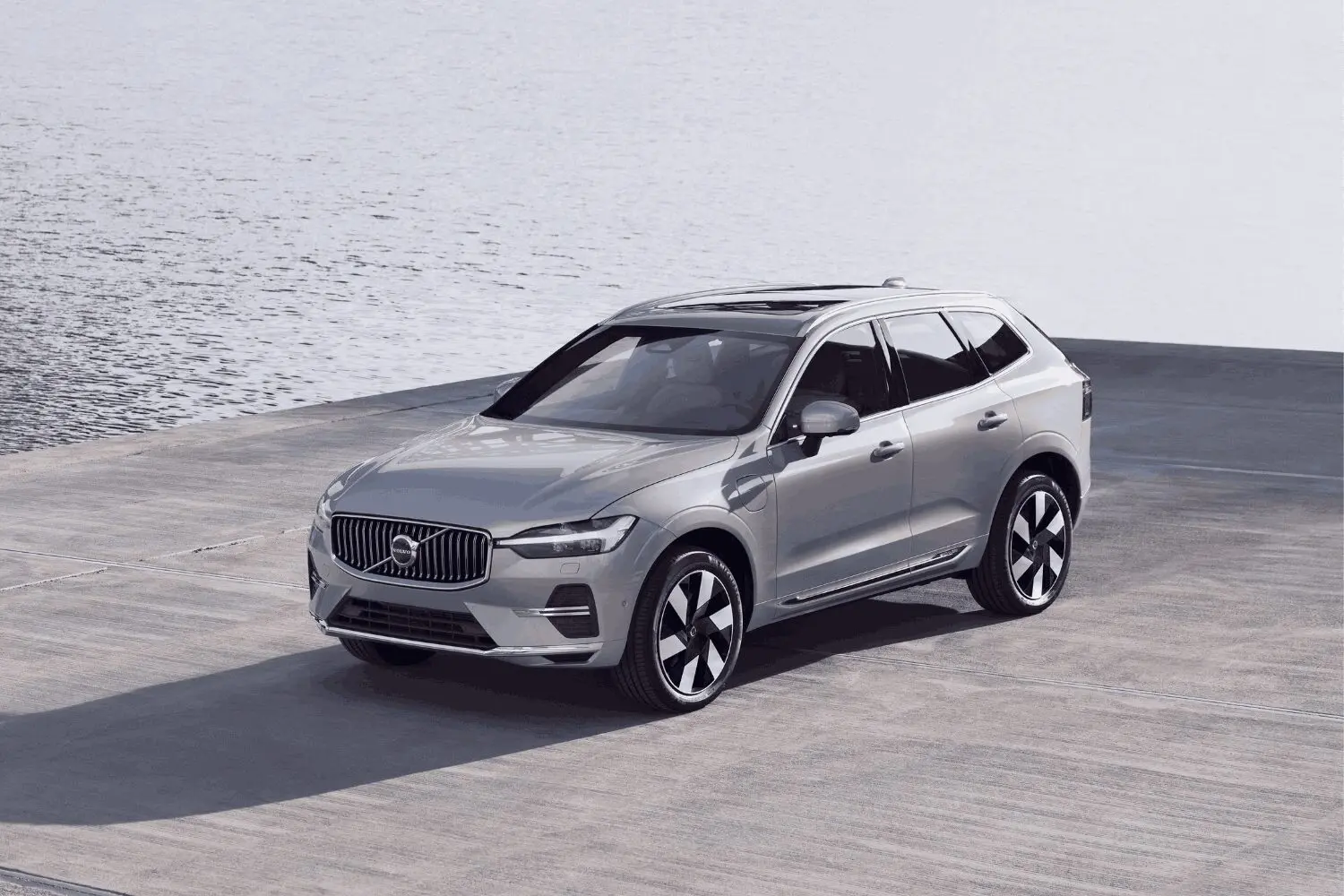
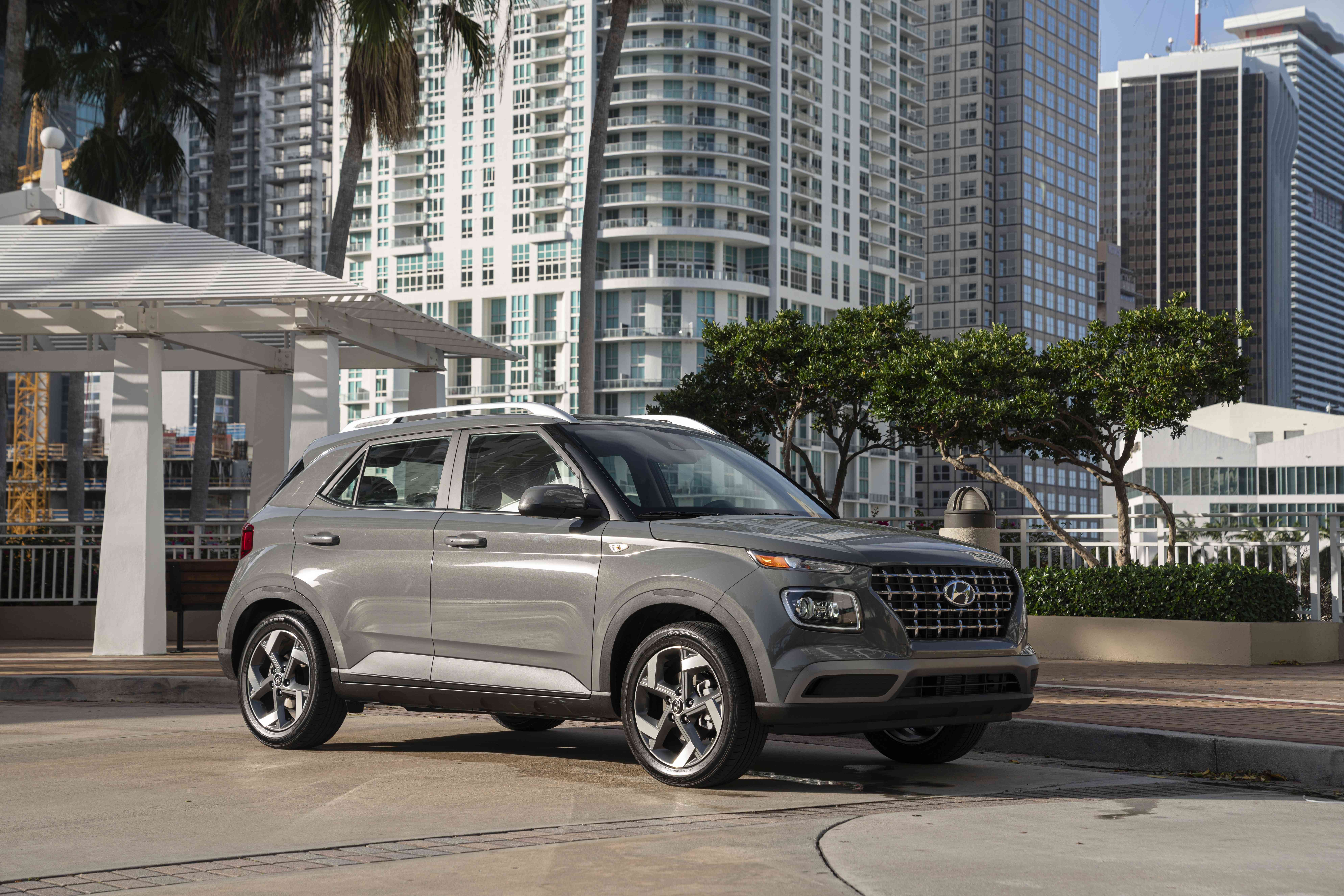
This Post Has One Comment
Pingback: 2023 GR Supra Manual Review: Faster, Rawer, Better?